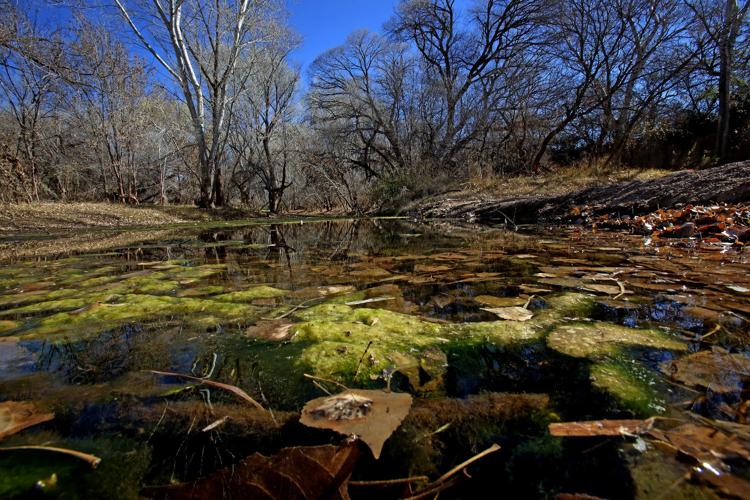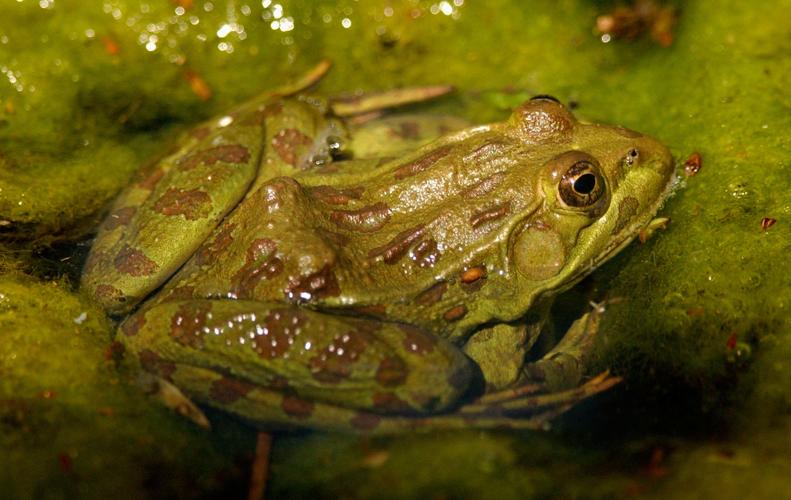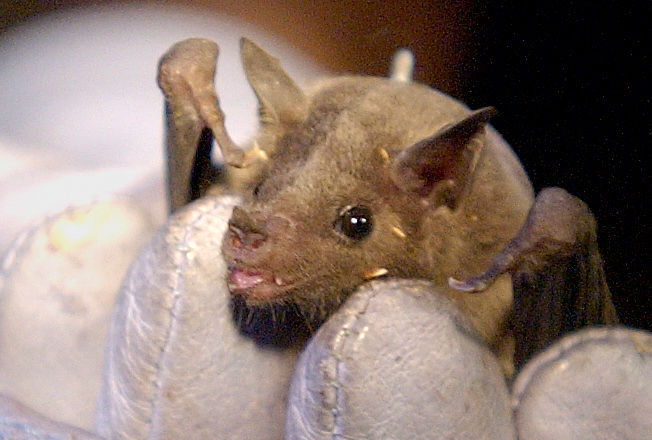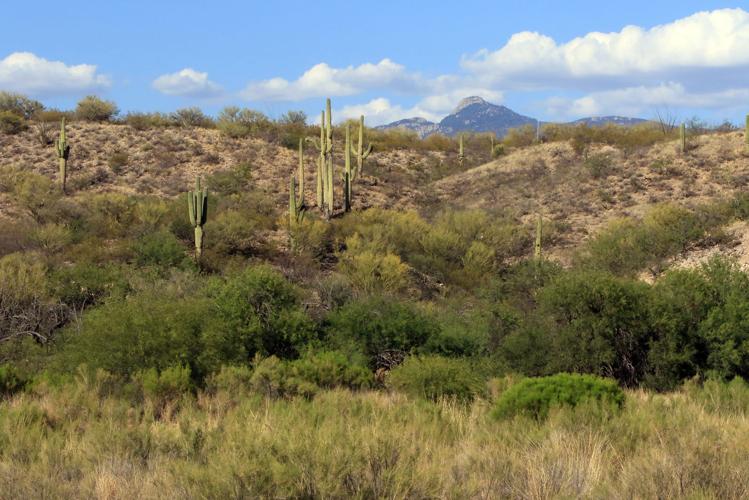After nearly two decades and hundreds of public meetings, a sweeping Pima County plan to allow for both development and the protection of endangered species habitat has made it to the goal line.
The Arizona Fish and Wildlife Service said Friday that it had reviewed Pima County’s application for a so-called Section 10 permit and “intends to issue” it. It would allow the county and private developers who choose to participate to potentially harass, harm or kill 44 vulnerable species — called a “take” — during otherwise permitted development on about 36,000 acres in unincorporated Pima County while requiring monitoring and maintenance of roughly 116,000 acres of habitat.
The list of species contains nine that are endangered or threatened, including the lesser long-nosed bat and the Chiricahua leopard frog. Much of the land for the habitat has already been acquired with 2004 voter-approved bonds.
Those responsibilities are laid out in the county’s Multi-Species Conservation Plan, which Fish and Wildlife said “prescribes all practicable means to avoid, minimize and mitigate take and adverse impacts to Covered Species and the affected environment,” an announcement of its decision earlier this month reads.
The benefits of the permit, say county officials, developers and environmentalists, is that species and habitat conservation will now take place on a countywide scale, instead of development by development. One Fish and Wildlife official described the change as “more efficient and more effective.”
At the same time, builders will be able to undertake projects with confidence that endangered species regulations won’t derail projects or drive costs up.
“This is like an insurance policy,” said Julia Fonseca, an environmental planning manager who has been involved in applying for the permit and developing the conservation plan, which has been in the works since the late 1990s. “It provides coverage for those individuals who elect to participate in our local plan. We can extend the protection of this plan to the private sector.”
“It creates a level of certainty that we know how and where we can develop,” said Steve Huffman, government affairs director for the Tucson Association of Realtors. “We know that species are going to be preserved and protected, critical habitats are going to be preserved and protected.”
Currently, Huffman and Fonseca said, some developers have to pay for wildlife studies or mitigation measures to ensure their projects are not disturbing critical habitat. While the permit will likely make development “much more simple and much less expensive,” Huffman insisted that it wouldn’t lead to “artificially created development that might not normally occur.”
“It’s not going to accelerate development, but it is going to make job creation and homebuilding, and all the things that make our economy work, it’s going to make that more streamlined,” he added.
David Godlewski, president of the Southern Arizona Home Builders Association, was more cautious about the permit’s possible benefits. He wrote in an email that “any time a regulatory program of this scope and significance is introduced there is a concern about how it will impact land development, homebuilding and the economy.”
Godlewski pointed out that the pygmy owl, whose listing as an endangered species in the late 1990s was one of the precipitating events for the county’s conservation plan, has since been delisted and several other regional species are not likely to be listed, raising questions about the permit’s impact.
“Will those benefits be realized, or only the cost?” he asked, referring to what could be up to a $5,000 fee per development, according to the text of the final plan.
However, Fonseca pointed out that if the owl, or any other species, were to be listed or relisted, developers would still be protected by the terms of the permit. She also said that single-lot developers would likely not face fees to enjoy the permit’s protections, and participation for private entities is voluntary.
The permit allows for development on up to 36,000 acres in unincorporated Pima County, about 5,000 acres of which will be reserved for county projects with the remainder set aside for private development.
Approval will almost certainly be finalized 30 days after the May 13 announcement, according to Scott Richardson, supervisory biologist at the Tucson office of Fish and Wildlife.
It now falls on county supervisors to approve an implementation plan, which will come with costs to the county. Estimated costs for the conservation plan’s first 10 years is about $41 million, though much of that work is already being done and doesn’t represent additional expenses. Where there will be added costs is in “compliance and effectiveness monitoring,” according to Fonseca.
Those costs add up to around $11.2 million over the first decade, though that figure includes about $400,000 annually in currently funded staffing, Fonseca said.
The source of that money, the county’s general budget, is a concern to Carolyn Campbell, executive director of the Coalition for Sonoran Desert Protection, which has been one of the principal proponents of a county conservation plan.
Work required by the permit will be competing with other county services for funding and, though it enjoys the support of the current board of supervisors, “future boards might be different,” she said.
Richardson previously told the Star that if the board chooses to not fund its obligations, the permit would be revoked.
Supervisor Ray Carroll, who agreed that future boards less amenable to conservation could jeopardize the plan, said that it comes with significant economic benefits for the county.
“We’ve worked very hard to bring certainty to development while at the same time balancing the environment and not jeopardizing the goose that laid the golden egg,” Carroll said. “Which is this beautiful valley we live in.”







